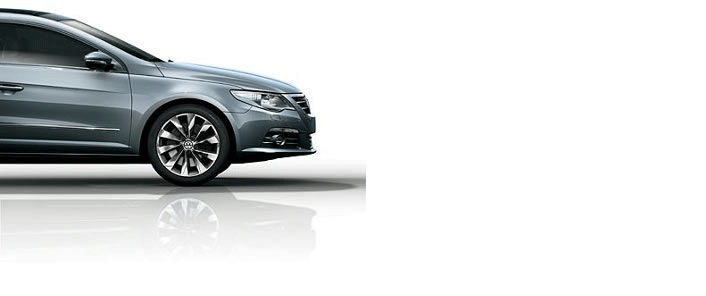Japan believes hydrogen fuel cells will triumph over batteries

Honda and Toyota in Japan are convinced that hydrogen fuel technology is a far superior fuel source and will triumph over batteries.
Japan is planning to have the Tokyo Olympics of 2020 running on hydrogen with fleets of hydrogen-fuelled cars whisking athletes from the village to the venues.
There may even be a hydrogen-burning Olympic flame to promote one of Japan boldest gambles: that hydrogen and not batteries, will become the automotive power source of the future.
Both Honda and Toyota have manufactured fuel-cell vehicles which are now on the road, despite the greater complexity and cost of the hydrogen technology.
Hydrogen fuel cells have a superior energy density compared with batteries will ultimately give it a decisive advantage in range.
At the moment, Japanese regulations can make it cripplingly expensive to build a hydrogen filling station and to state the obvious, fuel-cell cars are no good without somewhere to fill them up.
Japan is on a mission, though, to drastically rewrite of the rules. Taiyo Kawai, project general manager at Toyota’s R&D and engineering management division, who has spent a decade working on hydrogen cars said:
“There’s an issue because Japan’s severe regulations push up the construction cost and running cost of a hydrogen station,”
“Hydrogen was originally used in industry and there isn’t much experience of consumer use,”
One obstacle the Japanese have to overcome is that a fuelling station in Japan may cost two or three times the price it could cost in Europe as Japan’s regulations for the gas are designed with chemical plants in mind.
The main issue with hydrogen cars is that they need a prescribed space around them during fuelling, and parts must use particular grades of steel. Supervisors must have experience of handling hydrogen and other high-pressure gases. Records must be kept of who handles and purchases the fuel as well.
When one considers the infrastructural expense and management involved, it is a long way from a self-service petrol pump. The issue with regulation highlights one of the biggest challenges for hydrogen versus batteries. While batteries can use existing electricity wires, hydrogen needs its own infrastructure, which has yet to be built.
This is the conundrum and it appears that hydrogen fuel is a catch 22. No one wants a fuel-cell car without a fuelling infrastructure, and no one wants to pay for the infrastructure until there are cars to use it.
Another obstacle to hydrogen fuel is the public perception that this fuel source is extremely dangerous which may be due to the imprintation on the public mind by the Hindenburg airship disaster of 1937, where a hydrogen-fuelled zeppelin crashed and burnt with the loss of 36 lives.
Since then, many have been warey of this highly flammable fuel source. Unlike petrol and diesel and even batteries, the ultralight gas quickly disperses rather than pooling and burning. Despite of all these obstacles, the Prime Minister Shinzo Abe has made rewriting the rules a national priority and said back in April.
“To meet our goal of 40,000 fuel-cell vehicles on the road by 2020 we need a plan to accelerate the rollout of hydrogen fuelling stations,”
“In order to rationalise the regulation on hydrogen stations, please look at this in general, bearing in mind the rules overseas and the comparison with domestic gas stands.”
Japan’s goal is to increase the number of refuelling stations from about 80 in 2016 to 160 by 2020 and 900 by 2030. Each refuelling station will need to service about 900 vehicles a year to remain profitable and the target is to reach that level by 2030.
At the moment, the Toyota Mirai retails for around €48,000. Bringing that price down in Japan and other parts of the world will require large-scale manufacturing as well as progress on the fuel cell, which uses expensive materials such as platinum.
Hydrogen vehicles have many similarities with a petrol-electric hybrid engines, combining a petrol engine and an electric motor, only with a fuel cell replacing the internal combustion engine.
The trump card of hydrogen is the range range. Toyota claims a 312-mile driving range for the Mirai and there is scope to add to that by increasing the pressure at which hydrogen is stored in the vehicle’s tanks.Toyota’s head of advanced R&D, Kiyotaka Ise, said last year.
“We see fuel-cell vehicles as the ultimate eco-car...Everyone is saying electric vehicles [are the future] but there is still a long way to go. EVs are far easier to make than FCVs . . . Toyota is putting huge effort into fuel-cell vehicles.”

Author

Justin Kavanagh
Justin Kavanagh is a recognised leader
in automotive intelligence and vehicle
data supply to the entire motor industry.
He has almost 20 years experience in
building systems from the ground up.
As the Managing Director of Vehicle
Management System, he understands the
need and importance of trustworthy and
reliable vehicle history and advice to
both the trade and the public.
Follow me on LinkedIn